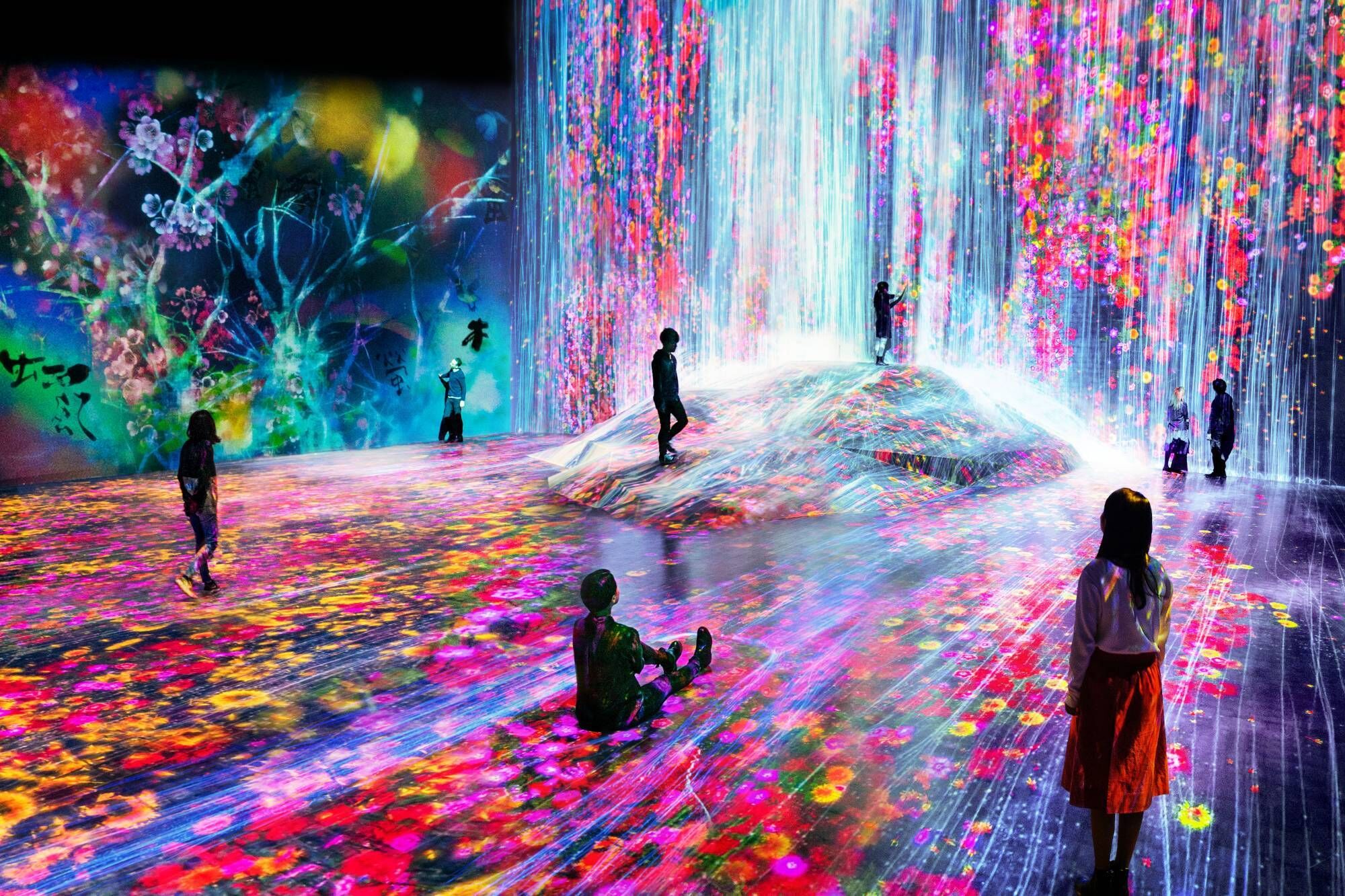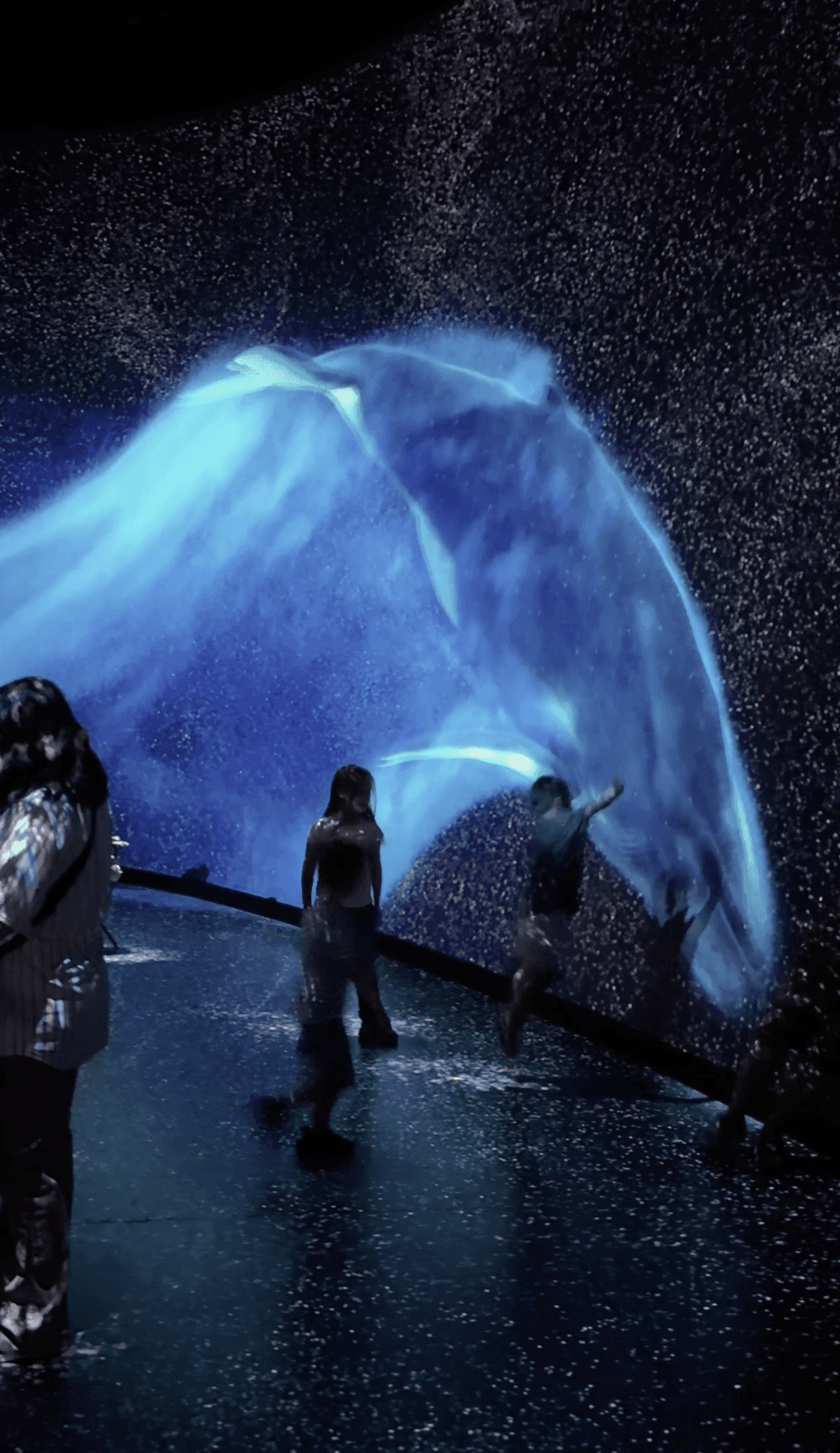SONG RECOMMENDATION WHILE READING:
“I wanted to leave” - by SYML
Imagine standing in front of the mighty Pyramid of Cheops and looking up. But instead of tourists, you see people working in the sweltering heat. It is not the year 2024, but 2500 BC - and you are witnessing how the mighty stones are being piled up to create one of the greatest wonders of the world.
With projection mapping or virtual reality, we can not only immerse ourselves in the past, but also experience history and knowledge in a way that is almost magical. Such technologies have the potential to revolutionize education.
But what is projection mapping?
Projection mapping uses projectors to project animations onto irregular surfaces such as buildings or objects. In contrast to normal projections, which are only aimed at flat walls, special software is used here to adapt the image to the shape of the object. This means that the projection “envelops” the object and makes it appear alive. The projectors cast the light onto the surface and the software ensures that the image sits just right, creating impressive illusions - as if the object were changing or moving.
Our senses shape reality
What we see and hear shapes our reality. When you enter a room that has been altered by projection mapping, you experience something fascinating: The walls, floors and objects suddenly look completely different from what they are in reality. If you combine this with matching audio, it feels as if you are actually in a completely new place. Our brain interprets the visual and acoustic stimuli as real, giving us the feeling of being completely immersed in this artificially created world.
How this technology will change learning
1. more interaction, less boredom: Children don't learn by listening, they learn by doing. Studies show that children who are immersed in virtual worlds are sharper thinkers, ask more questions and are more motivated to learn more. It's best to simply relate this to yourself. How would you like to receive knowledge?
2. difficult topics become easy: some things are difficult to understand. How does a volcano work? Or our solar system? Projection mapping and virtual experiences show these complex ideas in a way that makes them tangible for children. They can experience a volcanic eruption without leaving the classroom.
3. learning for all: technology can make learning more inclusive. Children with disabilities can use VR to take part in field trips that would otherwise not be possible for them. For children who learn in other ways, these visual experiences offer new ways to understand the material.
Challenge for the future
The challenge for the future is how to make projection mapping and virtual experiences accessible to everyone. Museums and schools need to invest in technology and training to be able to use the new possibilities. We need to develop simple solutions so that less well-funded institutions can also benefit.
But I am optimistic :)
by
Jonas Lill
/
Read more




